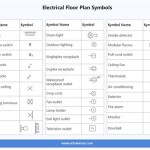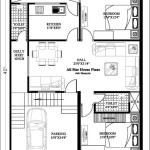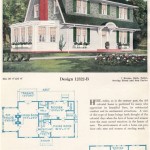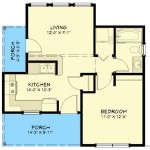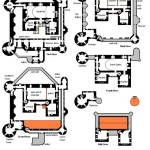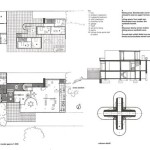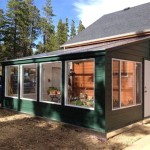Civil Engineering Home Plans: A Comprehensive Guide
Introduction
Civil engineering home plans are detailed drawings and specifications that guide the construction of a residential building. They encompass various aspects, from the foundation and structural system to the layout of rooms, electrical and plumbing systems, and exterior features. Creating civil engineering home plans is a complex process that requires a thorough understanding of building codes, structural principles, and design aesthetics.Importance of Civil Engineering Home Plans
1.Compliance with Regulations:
Civil engineering home plans ensure compliance with local building codes and zoning regulations. They help avoid costly errors and delays during construction. 2.Structural Integrity:
These plans provide a comprehensive overview of the structural elements of the home, ensuring the building's stability and durability. 3.Efficient Design:
Civil engineers optimize the layout and arrangement of rooms, spaces, and systems to maximize functionality and efficiency. 4.Cost-Effective Construction:
With accurate plans, contractors can accurately estimate material quantities and labor costs, leading to a more cost-effective construction process. 5.Sustainability Considerations:
Civil engineers can incorporate sustainable design elements, such as energy-efficient systems, proper insulation, and water conservation measures, into the plans.Components of Civil Engineering Home Plans
1.Site Plan:
This plan outlines the location of the house on the property, including driveways, walkways, patios, and landscaping. 2.Floor Plans:
These plans show the layout of each floor, including room dimensions, window and door placements, built-in features, and stairs. 3.Foundation Plan:
This plan details the foundation type, depth, and reinforcement, ensuring the stability of the structure. 4.Structural Plan:
This plan provides information on the structural elements of the house, such as beams, columns, and framing, to guarantee the building's strength and integrity. 5.Mechanical Plan:
This plan illustrates the heating, ventilation, and air conditioning (HVAC) systems, including ductwork, registers, and thermostats. 6.Electrical Plan:
This plan shows the electrical wiring, outlets, switches, lighting fixtures, and panel locations, ensuring proper electrical distribution. 7.Plumbing Plan:
This plan outlines the plumbing system, including pipes, drains, fixtures, and water heaters, to ensure proper water supply and drainage. 8.Finishes Plan:
This plan specifies the materials and finishes for flooring, walls, ceilings, countertops, and cabinets, providing a visual representation of the interior design.Factors to Consider when Designing Civil Engineering Home Plans
1.Building Codes and Regulations:
Adherence to local building codes and zoning regulations is paramount to ensure compliance and avoid legal issues. 2.Site Conditions:
The topography, soil type, and environmental factors of the property influence the design and construction process. 3.Budget and Cost-Effectiveness:
The budget plays a crucial role in determining the size, features, and materials used in the construction. 4.Energy Efficiency:
Incorporating sustainable design elements can reduce energy consumption and utility costs, making the home more environmentally friendly. 5.Functionality and Space Planning:
The layout of rooms, spaces, and systems should prioritize functionality, convenience, and efficient use of space. 6.Aesthetics and Personal Preferences:
The home's design should align with the homeowner's personal style and preferences, creating a visually appealing and comfortable living environment.Conclusion
Civil engineering home plans are essential for the construction of safe, functional, and aesthetically pleasing residential buildings. These plans serve as a roadmap for contractors and guide the entire construction process, ensuring compliance with regulations, structural integrity, and efficient design. By considering factors like building codes, site conditions, budget, and personal preferences, civil engineers create comprehensive plans that transform design concepts into tangible, livable spaces.
Best 2024 House Design Idea For 30 By Feet Civil Engineering S

Top 50 Amazing House Plan Ideas Engineering Discoveries Town Floor Small Modern Plans With Photos

House Plans Home Residential

Pin On Duplex House Design

Column Layout For A Residence Civil Engineering Modern House Floor Plans Simple Design

Residential Building Planning Civil Engineer

Top 50 Amazing House Plan Ideas Engineering Discoveries Simple Plans Bungalow Floor 40x60

31 New Collection Of House Plan Ideas For Your Home Engineering Discoveries

Column Layout For A Residence Civil Engineering Projects

28 New House Plans For Diffe Areas Engineering Discoveries

